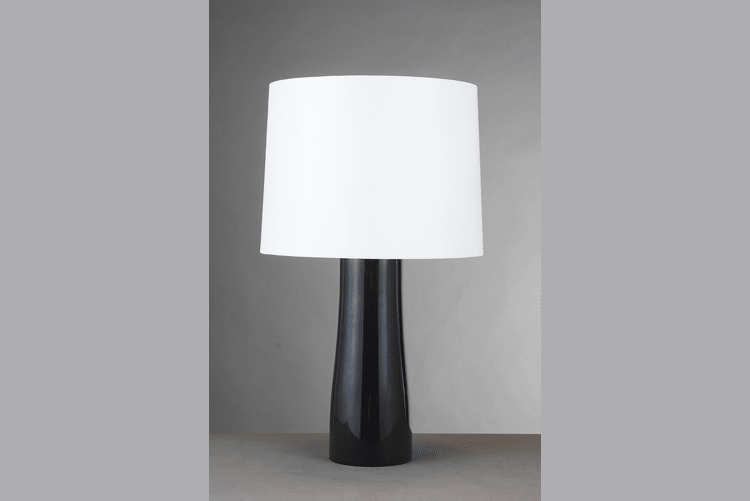white pendant light fixture How to Identify the Neutral Wire in a Hanging Light Fixture

From a code point of view and a safety point of view, it is important to correctly identify the neutral line and the "hot" line when connecting the fixture.Just because the fixture works doesn't mean it's wired correctly.Reverse wire connection--Hot to neutral, neutral to hot-It can still work, but if the operation is incorrect, the chances of electric shock are much greater when touching the fixture or replacing the bulb.Before removing the lid or the old fixture, turn off the power of the box.Remove the box cover or the old fixture.Make sure the wires are separate and do not touch the metal or each other.Power back on.Test with a voltage tester.The contactless voltage tester is easy to use safely because you don't have to really touch the wires.Open the tester and close the tip to the exposed end of each wire.The hot one gives a visual and auditory alert.The neutral wire is likely to be white and the hot wire is red or black, but be tested to make sure.Identify the neutral line in the fixture by looking at the wire.In most modern fixtures, the neutral wire is white and the hot wire is red or black.In some types of fixtures, the color of the two wires is the same.In this case, the neutral line is always identified in some way.In some cases, there will be small words on the terminal box.Elsewhere, there are small ridges or dents on the insulation.If you are removing an old fixture, look at the wires that are already in place.This allows you to have additional visual tips on neutral wires.If the house is old and has aluminum wire then this is no longer a thingit-Your own project.The Wire will be silver or dull gray, not copper.








